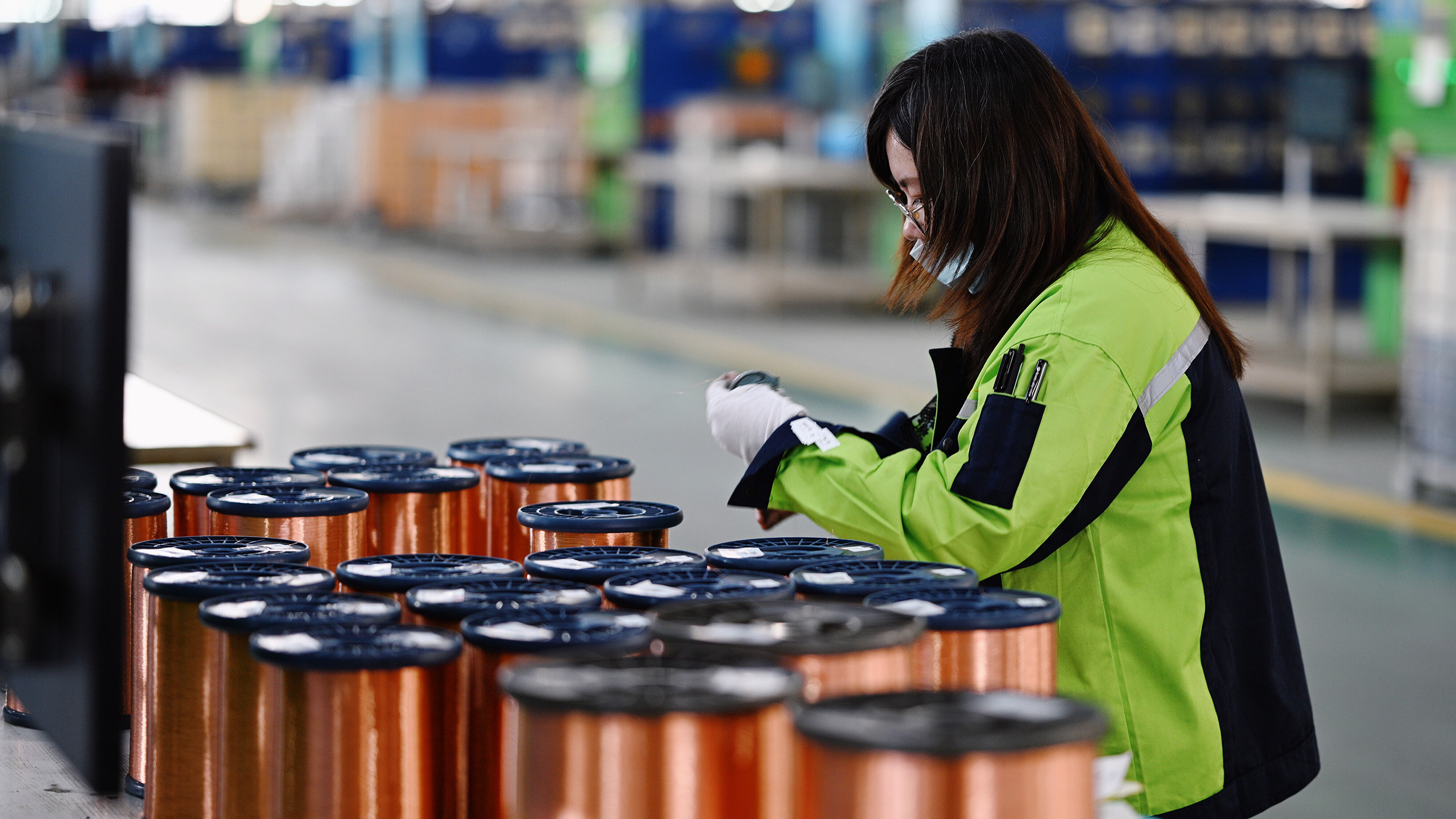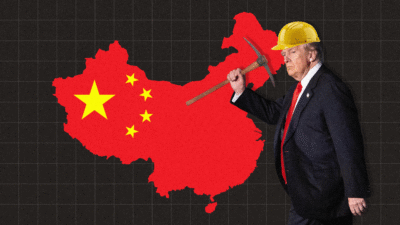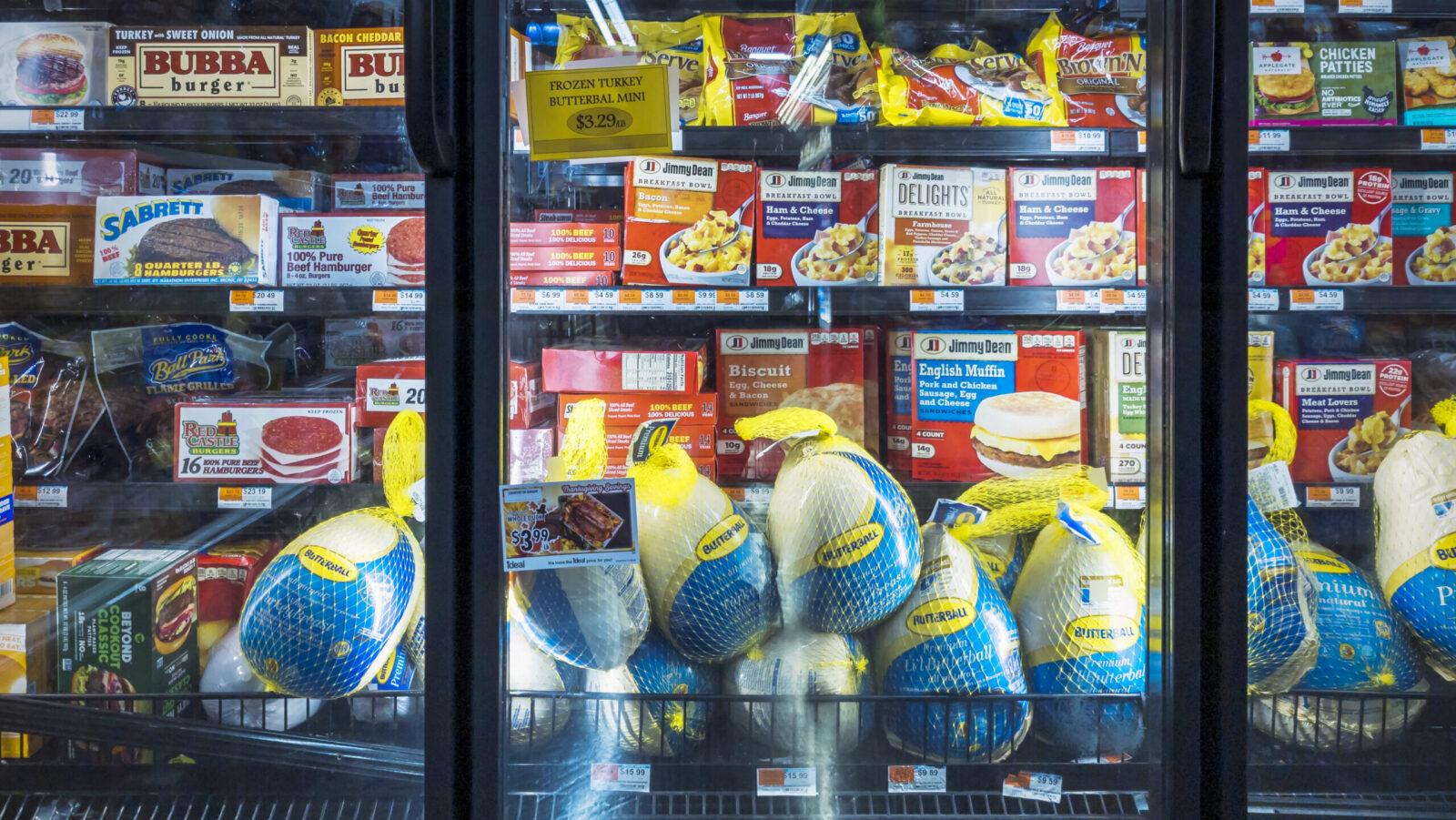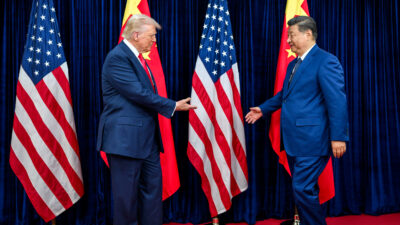Wired-Up Copper Prices Signal a Tariff-Powered Shock to Consumer Wallets
A planned 50% tariff on copper has left commodities markets roiling and analysts toiling with the idea consumers paying for higher prices.

Sign up for smart news, insights, and analysis on the biggest financial stories of the day.
Cu on August 1, when copper tariffs are coming to the United States. President Donald Trump made the date official with a post on his Truth Social network last night.
While equities markets this week have shrugged off the US administration’s plans to start taxing imports from foreign countries on the same date, Trump’s teasing of the 50% tariff on the crucial industrial metal this week has left commodities markets roiling and analysts toiling with the idea of a future where higher prices on coiling come from your wallet (not in penny form; those coins are made almost entirely of zinc).
A-copper-lypse Now
US companies use the naturally occurring reddish metal in too many things to list, so here are a few: houses and buildings, cars, high-tech devices, solar panels, air conditioning systems, water pipes and gas lines. It’s also crucial for power grids and data centers due to its electrical and thermal conductivity. No surprise, then, that America produces a lot of copper: 850,000 tons of the stuff last year, according to the US Geological Survey. But that’s not enough to satisfy demand: Imports totaled a nearly-equal 810,000 tons, most of them from Chile, Canada and Mexico. That leaves the US “structurally short” on supply, according to Saxo Bank.
The US administration flashed an electric conductive signal that it would target copper with tariffs in February, when President Trump called for a Section 232 investigation into imports utilizing a law that allows the president to impose tariffs for national security reasons. With the pressure of front-running demand to beat the expected tariffs, copper in the US has risen over 40% this year (futures for copper in the US come with a 25% premium over the London benchmark, Saxo’s Ole Hansen noted). At one point on Tuesday, copper futures jumped as much as 13%, setting a record high and marking the largest one-day price increase since Dow Jones began keeping records in 1968. On Wednesday, things pared back 2.6% to $5.53 a pound, but analysts generally agree that if the tariffs materialize, US consumers can expect to pony up:
- The US administration’s goal is to spur new mining projects at home and buttress the domestic industry, but ING analysts noted Wednesday that past tariffs on steel and aluminum had no such impact. For example, US steel output was 1% lower last year than it was in 2017, before the introduction of tariffs by Trump, while aluminium was nearly 10% less.
- ING also noted that it’s basically impossible to get copper production up and running quickly: The US has seen a 20% decline in production in the past decade and it takes an average of nearly 29 years to take a new mine in the US online, with permitting alone requiring seven to 10 years. Jefferies analysts said the tariffs will lead to premiums at home because “the US does not have nearly enough mine/smelter/refinery capacity to be self-sufficient in copper” and analysts at BTG Pactual said “producers may pass most of the tariff burden onto US consumers,” leading to “higher consumer and producer prices in the US, with a consequent negative impact on economic output.”
Run for the Border: Meanwhile, at least one major copper exporter has suggested it may look elsewhere: Mexican President Claudia Sheinbaum said on Wednesday her country could pursue “other export schemes” for copper. Chilean President Gabriel Boric was more cautious, saying he would wait to see “whether this will actually be carried out,” perhaps referring to Trump’s habit of punting on initial tariff threats in order to negotiate.











